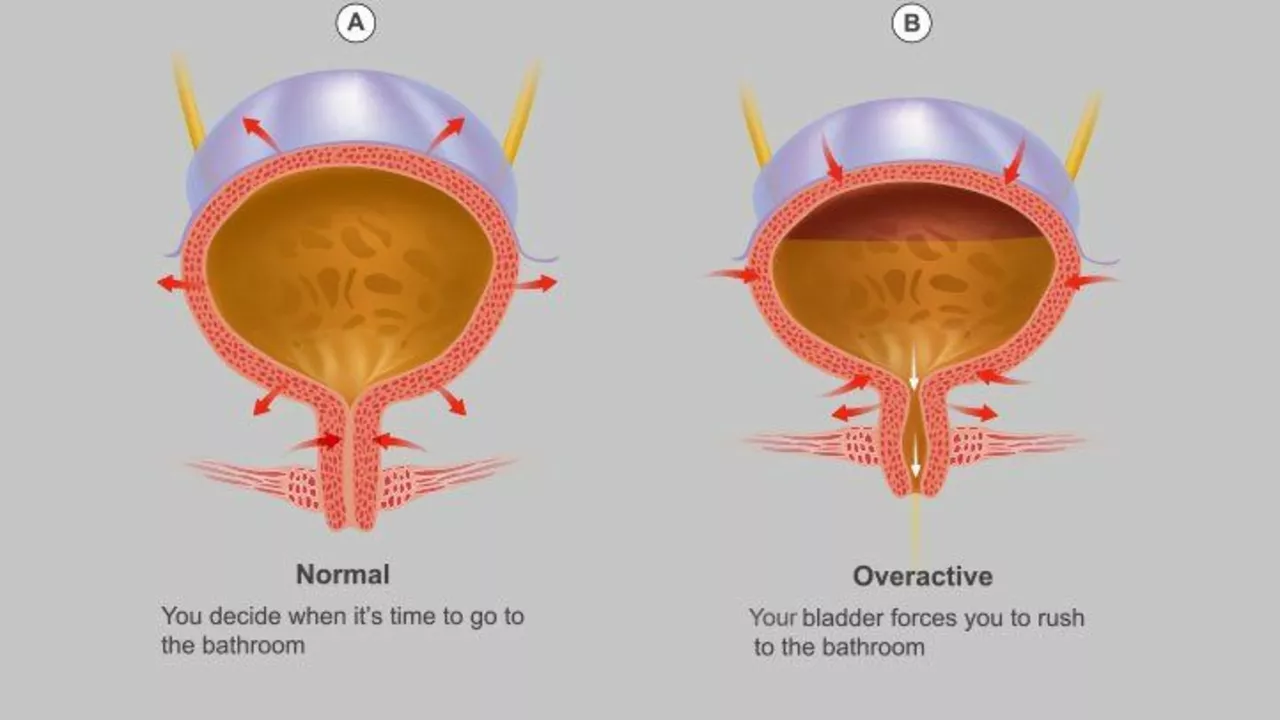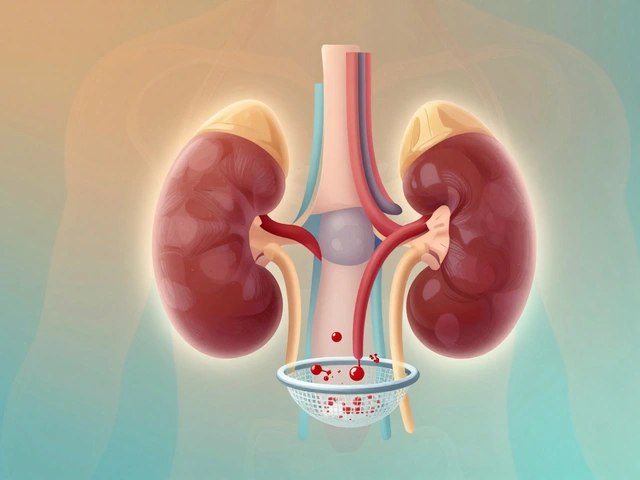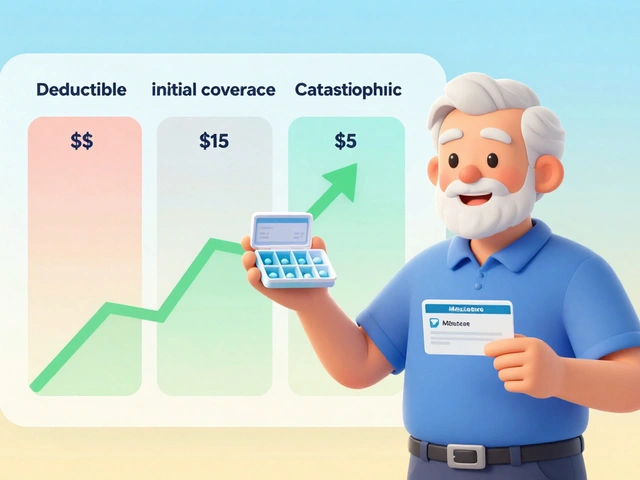Urinary Incontinence Symptoms: How to Spot Them and What to Do
Think leaking when you laugh or a sudden, urgent need to pee that you can’t control? Those are common urinary incontinence symptoms, and they don’t have to be ignored or shrugged off as "just getting older." Knowing the exact symptoms helps you get the right help fast.
Common Symptoms and What They Mean
Stress incontinence shows up as small leaks during pressure on the bladder: coughing, sneezing, lifting, or exercising. Urge incontinence means you get a strong, sudden need to urinate and sometimes can’t reach the toilet in time. Overflow incontinence is less familiar: you feel like you never fully empty your bladder and drip or leak frequently. Functional incontinence happens when a person can’t get to the toilet due to mobility or cognitive issues.
Other specific signs to watch for: needing to urinate more than eight times a day, waking at night to pee more than once (nocturia), sudden dribbling after you think you’re done, and urine that smells or looks unusual. If leaking starts suddenly with pain, fever, blood in urine, or after a fall or surgery, treat it as urgent and contact a doctor.
Simple Steps to Try Right Away
Start with a bladder diary: for three days jot down fluid intake, bathroom times, urgency, and leaks. That gives quick clues you can show a clinician. Try pelvic floor exercises (Kegels): tighten the muscles you use to stop urine, hold 3–5 seconds, relax 3–5 seconds, repeat 10 times, three times daily. If you can’t feel the muscle, ask a nurse or physio for guidance—technique matters.
Other easy changes: cut back on caffeine and alcohol, don’t drink large amounts before bed, lose even a little weight if overweight, and treat constipation (it makes incontinence worse). Absorbent pads and scheduling toilet trips every 2–3 hours can reduce accidents while you work on longer-term fixes.
Medical options exist if lifestyle changes aren’t enough. A clinician may order a urine test, check post-void residual (how much urine remains after peeing), or do urodynamics. Treatments range from topical estrogen for women, to medications (antimuscarinics or beta-3 agonists) for urge leaks, to alpha-blockers for bladder outlet issues in men. Procedures include sling surgery, urethral injections, botox in the bladder, or neuromodulation for severe cases.
You don’t need to accept leaking as normal. If symptoms interfere with sleep, work, or social life, book an appointment. A clear history, a simple exam, and a few practical steps often bring real improvement fast.
In my latest blog post, I've explored some exercises that can help improve bladder control and ease symptoms of urinary incontinence. I've highlighted exercises like Kegels, which strengthen your pelvic floor muscles and bladder. I've also mentioned bladder training and double voiding techniques that can be beneficial. Additionally, I've touched upon certain yoga poses that can help in reducing urinary incontinence. All these exercises can aid in managing urinary incontinence, giving you a better quality of life.



